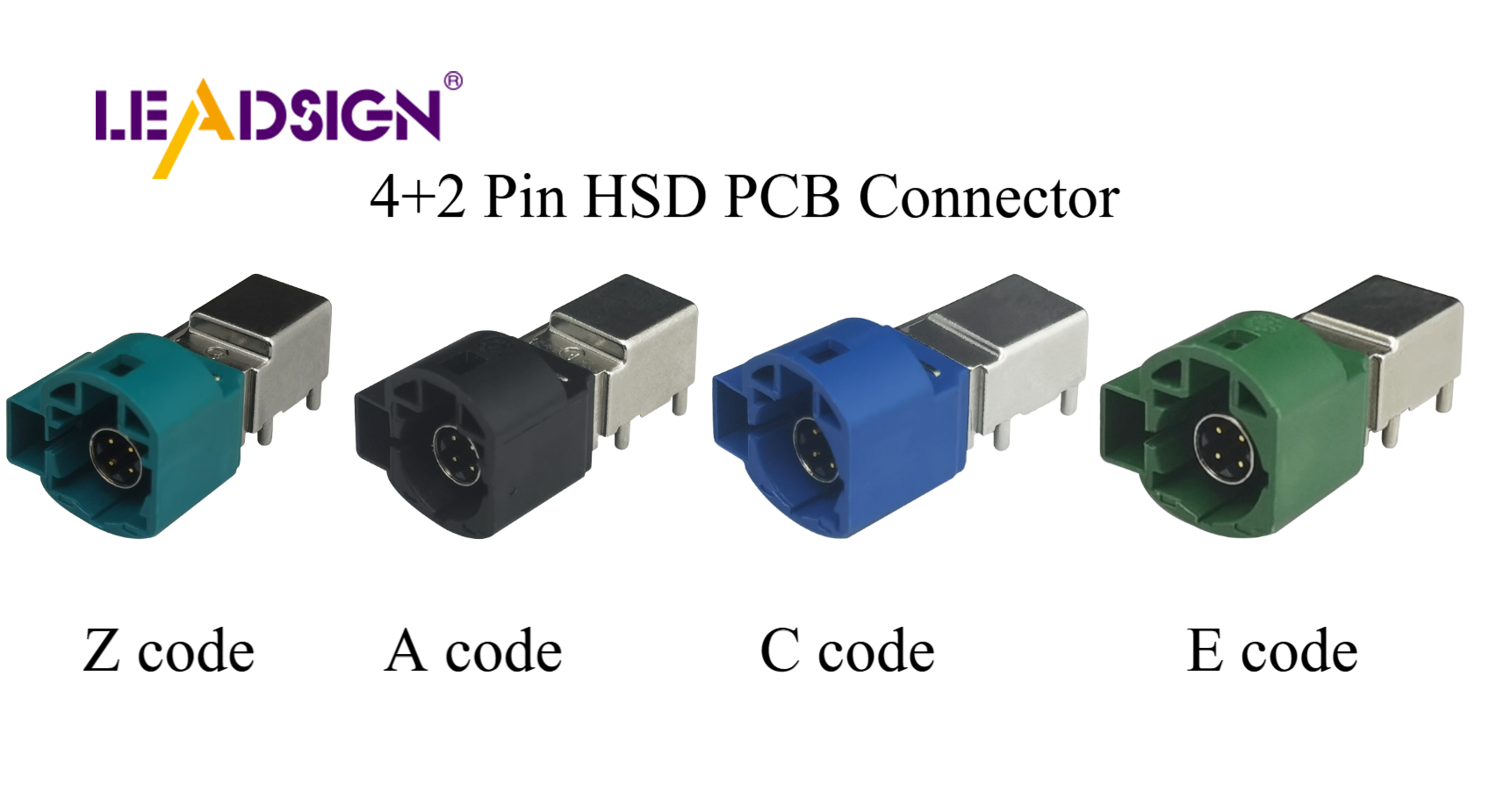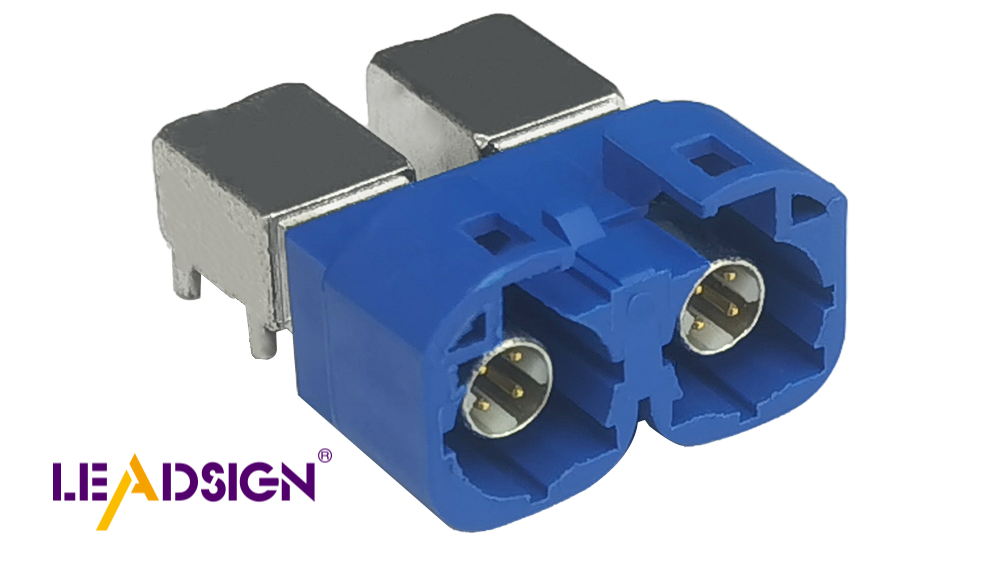Tips for Using Wiring Connector Types Safely and Effectively

Choosing the right wiring connector types is crucial for ensuring the safety and reliability of electrical systems. Using incorrect connectors can lead to significant issues such as short circuits and fires. Quality connectors mitigate these risks by providing strong connections. Regularly checking and maintaining connectors is essential for optimal performance and longevity. By selecting the appropriate wiring connector types, you can prevent failures and enhance the durability of your wiring projects. Always prioritize safety to avoid serious accidents.
Key Takeaways
Choosing the right wiring connector is essential for preventing electrical hazards like short circuits and fires.
Regularly inspect and maintain your connectors to ensure optimal performance and longevity.
Familiarize yourself with different connector types, such as wire nuts, crimp connectors, and push-in connectors, to select the best option for your project.
Always prepare wires properly before connecting them, using tools like wire strippers and pliers for safe and effective results.
Test your connections using a multimeter to ensure they are secure and functioning correctly.
Prioritize safety by turning off power before working on electrical connections and using insulated tools to prevent electric shocks.
Avoid common mistakes, such as overloading connectors or using the wrong type, to maintain a safe and reliable electrical system.
Finding the Right Wiring Connector Types
Picking the right wiring connectors is key for safe electrical links. Knowing the different wire connectors helps you choose wisely for your tasks.
Common Wiring Connectors
Wire Nuts
Twist-on wire nuts are very common. They join wires together tightly. Just twist them on the wire ends. They are easy to use. They insulate well, so they are popular in home wiring, especially for small AWG wires.
Crimp Connectors
Crimp connectors make a strong link by squeezing the connector onto the wire. They are used for permanent connections. People often debate solder vs crimp, but crimping is fast and works without heat. Good crimping keeps the connection safe, which is important for electrical systems.
Push-In Connectors
Push-in connectors are quick and simple. No twisting or crimping needed. They are used in home electrical setups. Just push the wire in, and it stays put. Many DIY fans like them for their ease.
Picking the Right Connector for Your Task
Choosing the right connector means thinking about several things for safety and fit.
Things to Think About
When picking a connector, think about wire size, how many wires, and where it will be used. For example, lever nuts and screw terminals have different perks. Lever nuts are flexible and easy, while screw terminals are more secure and traditional.
Matching with Wire Types
Make sure the connector fits the wire types you have. Some connectors work better with certain wires and ends. For instance, twist-on wire nuts are great for joining wires, while crimp connectors are best for permanent links.
By knowing these wiring connectors and their uses, you can make smart choices that keep your electrical projects safe and reliable.
Getting Wires Ready for Safe Connections
Before connecting wires, getting them ready is important. This makes sure the connection is safe and works well, lowering the chance of problems.
Tools for Wire Preparation
Having the right tools helps make wire preparation easy and safe. Here are the main tools you need:
Wire Strippers
Wire strippers are key for taking off wire covers. They let you cut just right without hurting the metal inside. This careful cutting keeps the connection clean, which is important for electricity to move well. Using special wire strippers makes things safer and better, so they are a must-have tool.
Pliers
Pliers are handy tools for holding, twisting, and bending wires. They give you the grip needed to move wires without breaking them. If you need to twist wires or keep them still, pliers help you stay in control and do the job right.
Steps to Get Wires Ready
Getting wires ready needs a few steps to make sure they are set for connection.
Taking Off Insulation
Pick the Right Slot: Choose the right slot on your wire stripper for the wire size.
Place the Wire: Put the wire in the slot and gently squeeze the handles.
Pull Off Insulation: Pull the stripper to the wire's end to take off the cover neatly. This shows the metal inside without cutting it.
Twisting Wires (if needed)
Line Up the Wires: Hold the bare ends of the wires together.
Twist with Pliers: Use pliers to twist the wires clockwise. This step is not always needed, as many connectors don't need twisting first. But if needed, twisting makes a tighter link.
By doing these steps and using the right tools, you can get wires ready safely. If you're unsure or worried about any step, asking a professional electrician is a smart idea.
How to Use a Wire Connector

Knowing how to use a wire connector is important for safe electrical links. Each connector type has its own way to use it. Follow these steps to make sure your connections are strong and work well.
Using Wire Nuts
Wire nuts are easy and work well. Here's how to use them:
Get Wires Ready: Take off about 3/4 inch of the cover from the wire ends.
Line Up Wires: Hold the bare wire ends together, making sure they match.
Twist the Wire Nut: Put the wire nut on the wire ends. Turn it clockwise until it feels tight.
Check the Hold: Gently pull each wire to make sure they stay in the wire nut.
"Using wire connectors right is key for safe electrical links."
Using Crimp Connectors
Crimp connectors make a strong, lasting link. Follow these steps to crimp wires right:
Take Off Cover: Remove about 1/4 inch of the cover from the wire ends.
Put in Connector: Slide the bare wire into the crimp connector until it hits the metal part.
Crimp the Connector: Use a crimp tool to squeeze the connector tight around the wire. Make sure it's firm.
Check the Link: Ensure the wire is held tight and doesn't pull out easily.
Using Push-In Connectors
Push-in connectors are quick and simple. Here's how to use them:
Strip the Wires: Take off about 1/2 inch of the cover from the wire ends.
Push Wires In: Push each bare wire into a hole in the connector until it clicks.
Check the Fit: Make sure each wire is fully in and can't be pulled out without pressing the connector.
Knowing how to use a wire connector right keeps your electrical systems safe. Whether using wire nuts, crimp connectors, or push-in connectors, these steps help you make safe and good connections.
Checking and Testing Safe Wire Connections
Making sure your wire connections are safe is very important. Testing and checking them helps find problems before they get bad. Here’s how to test and check your wire connections well.
Ways to Test Connections
Testing makes sure connections are safe and work right. You can use different ways to check this.
Look Closely
Start by looking closely at each connection. Make sure no wires are showing. Showing wires can cause shocks or short circuits. Check that the cover is not broken and connectors are on right. A good connection should not look damaged.
Using a Multimeter
A multimeter is a helpful tool for checking wire connectors. It measures things like voltage and resistance. To test:
Set the Multimeter: Turn it to what you want to measure, like voltage.
Test the Connection: Put the probes on the connection points. Make sure the reading is steady and correct.
Check for Continuity: Use the beep setting to check for breaks. A beep means the connection is good.
Using a multimeter helps make sure your wire connections are safe and work well.
Keeping Connections Safe
After testing, make sure connections stay safe. Regular checks help keep wires safe.
Look for Loose Wires
Loose wires can be unsafe. Gently pull each wire to see if it is tight. If it moves easily, it might not be safe.
Tighten if Needed
If wires are loose, tighten them. For twist-on connectors, twist more until snug. For crimp connectors, use a tool to press more. Tight connections stop dangers and keep your system working well.
By doing these steps, you keep your wire connections in good shape. Regular testing and checking help find problems early, keeping wires safe and working right.
Safety Tips for Wiring Connector Types
Staying safe with wiring connectors is very important. Follow rules to stop accidents and keep your electrical systems working well. Here are some safety tips and mistakes to avoid.
General Safety Tips
Turn Off Power
Always turn off power before using electrical wire connectors. This stops electric shocks and other dangers. Find your circuit breaker and turn off the right circuit. Check the power is off with a voltage tester. This easy step can stop serious injuries.
Use Insulated Tools
Use insulated tools with wiring connectors. They stop electric shocks by blocking the current. Look for tools that meet safety rules, like those approved by Underwriters Laboratories (UL). These tools help you work safely.
Avoid Common Mistakes
Don't Overload Connectors
Don't overload wire connectors. Each has a limit, and going over it can cause fires. Check your connectors' limits and match them to your project needs. For example, lever nuts handle many wires but don't go over their limit.
Use Correct Connector Types
Using wrong connectors can be unsafe. Different connectors do different jobs. For example, lever nuts are for quick links, while crimp connectors are for permanent ones. Pick the right connector for your job. Check the National Electrical Code (NEC) for choosing the right connectors for different uses.
By following these safety tips, your electrical wire connectors will work well and safely. Remember, being safe protects you and makes your wiring projects last longer.
Picking the right wire connectors is very important for safety. Correctly connected wires lower accident risks and help systems last longer. By focusing on safety and checking your work, you make projects more reliable. Using the right connector, like a crimp connector, stops electrical dangers and keeps things safe. Always follow best practices to keep your wiring jobs efficient and safe.
FAQ
What are wire connectors and why are they important for safety?
Wire connectors help keep electricity safe. They join wires securely. Using them right stops dangers like fires and shocks. Knowing different connectors helps you use them safely in projects.
How do you use wire connectors the right way?
Using wire connectors properly is key for safe connections. Follow steps in this guide and be careful. This helps you join wires safely. If unsure, ask an electrician for help.
What kinds of wire connectors are there?
There are many wire connectors like wire nuts, Wago, and crimp connectors. Wire nuts are easy and good for small wires. They twist and cover wires, making them great for home projects. Knowing these helps you pick the right one.
What do wire connectors do?
Wire connectors have many uses. They join wires to devices, make wires longer, and fix broken wires. Picking the right connector keeps your electrical system safe and lasting.
See Also
Exploring Fakra Connectors: Benefits, Uses, and Setup Advice
In-Depth Overview of HSD Connectors and Their Uses
Understanding Fakra Connectors: Fundamentals, Varieties, and Uses
Detailed Insights into Fakra Female Connectors and Their Uses

